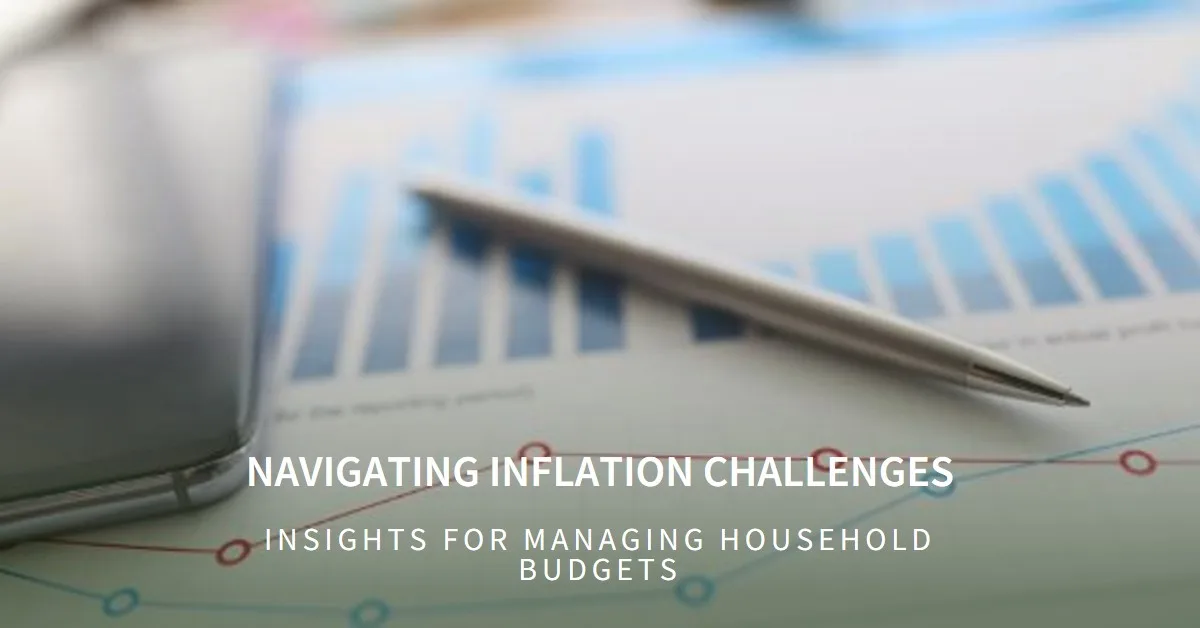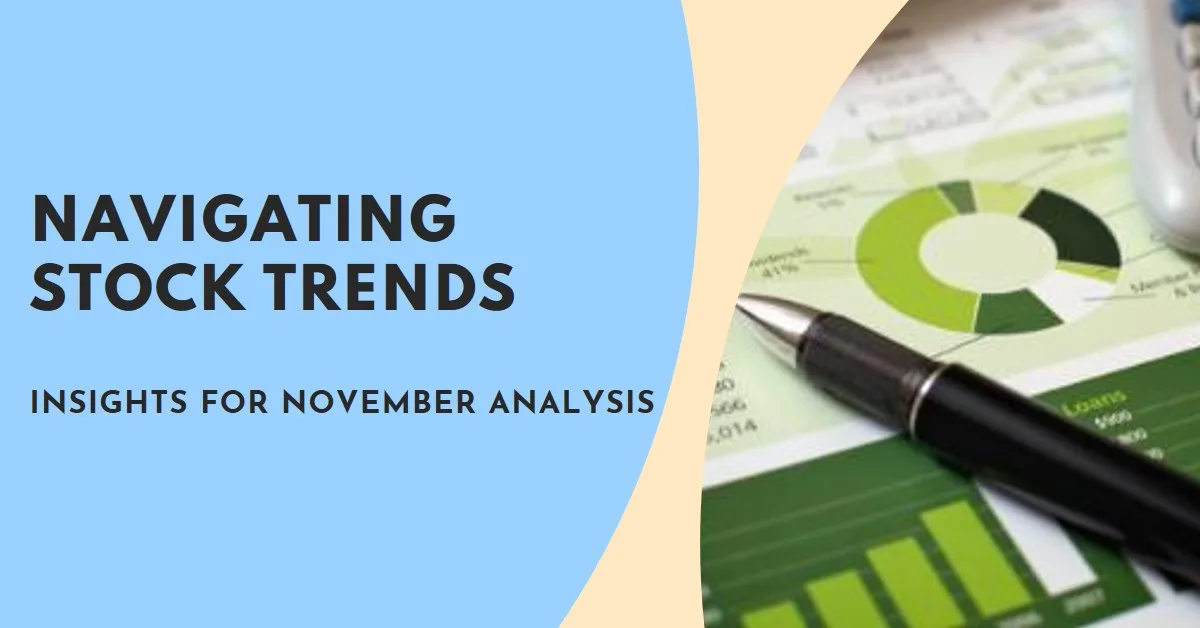
The Reserve Bank of India (RBI’s Latest Policy) plays a critical role in shaping the financial landscape of the country, and its recent policy decisions have significant implications for small businesses. From adjusting interest rates to introducing financial reforms, the RBI’s decisions directly impact borrowing costs, cash flow, and expansion opportunities for small and medium-sized enterprises (SMEs). This article dives into the latest RBI policy changes and their effects on small businesses, providing valuable insights for entrepreneurs and stakeholders looking to navigate India’s evolving economic environment.
1. Recent RBI Policy Decisions and Their Objectives
In response to economic pressures, inflationary trends, and global market conditions, the RBI has recently made policy adjustments aimed at stabilizing the economy and ensuring financial liquidity. Key measures include:
- Interest Rate Adjustments: The RBI has either raised or maintained its benchmark rates, a move aimed at controlling inflation. Such decisions have ripple effects on the cost of borrowing for businesses.
- Liquidity Measures: The central bank has introduced initiatives to increase market liquidity, supporting both public and private sector borrowing. These measures are intended to encourage lending, especially in sectors that have been struggling post-pandemic.
- Small Business Credit Access Programs: The RBI has continued to work on programs that facilitate easier access to credit for SMEs, including priority sector lending (PSL) norms that direct banks to allocate a portion of their lending to small businesses.
Related: Understanding RBI’s Monetary Policy and its Impact on SMEs – Explore the fundamentals of RBI’s monetary policies and how they affect business finance.
2. Impact on Borrowing Costs for Small Businesses
One of the most immediate effects of the RBI’s interest rate decisions is the impact on borrowing costs. For small businesses reliant on loans for working capital, machinery, or expansion, the following implications are noteworthy:
- Higher Interest Rates Increase Loan Repayment Costs: If the RBI increases interest rates, commercial banks raise their lending rates, making it more expensive for small businesses to borrow. This increase in borrowing costs can strain cash flow and deter businesses from pursuing expansion projects.
- Variable Loan Rates: Many small businesses operate on variable interest loans, which fluctuate with the RBI’s benchmark rates. Thus, when the RBI raises rates, these businesses face immediate increases in their monthly payments, which can be challenging to manage.
- Alternative Financing Pressures: As traditional financing becomes costly, small businesses may look for alternative financing, such as peer-to-peer lending or fintech options. However, these alternatives often come with their own risks and may not offer the same stability as traditional bank loans.
External Link: For a detailed look at current RBI interest rate policies, visit the RBI’s Official Website.
3. Cash Flow Challenges Due to Increased Financial Costs
Managing cash flow becomes more challenging when borrowing costs are high. With increased interest rates and uncertain economic conditions, small businesses face heightened financial pressure.
- Reduced Working Capital: Higher loan costs mean that a larger portion of a business’s income is directed towards debt repayment, reducing the amount available for day-to-day operations.
- Delayed Payments from Clients: In a high-interest environment, clients (especially larger corporations) may delay payments to manage their own cash flow, further straining SMEs. This delay can create a domino effect on small businesses’ cash flow, impacting their ability to pay suppliers and employees on time.
- Supply Chain Financing Costs: Small businesses dependent on supply chain financing or factoring may also see an increase in costs, as higher interest rates make these services more expensive.
4. Impact on Business Expansion and Investment Plans
Rising borrowing costs and cash flow challenges can curb a small business’s ability to invest in growth opportunities. Here’s how the RBI’s decisions affect expansion plans:
- Delayed Capital Expenditures: With increased loan costs, businesses may postpone purchasing new equipment, expanding facilities, or investing in technology upgrades, which can limit their competitive edge.
- Reduced Risk Appetite: Higher financial burdens make small businesses more risk-averse. Entrepreneurs may hesitate to expand operations, enter new markets, or hire additional staff, impacting overall business growth.
- Long-Term Growth Implications: While curbing expansion can help manage immediate costs, a prolonged period of limited growth investment can stifle a company’s ability to scale in the long run.
Related: Growth Strategies for Small Businesses in a Tight Lending Environment – Discover ways to sustain growth despite rising borrowing costs.
5. How Small Businesses Can Adapt to RBI Policy Changes
Despite the challenges posed by these policy shifts, small businesses can take strategic steps to minimize the impact of higher interest rates and borrowing costs:
- Consider Fixed-Rate Loans: Locking in a fixed rate can protect businesses from future rate hikes. Many banks offer fixed-rate loans specifically for small businesses to help them manage predictable repayment costs.
- Improve Financial Efficiency: Streamlining operations, cutting unnecessary costs, and improving inventory management can help free up working capital. Small businesses may also benefit from enhancing cash flow management practices, such as incentivizing early payments from clients.
- Leverage Government Schemes and Fintech Solutions: The RBI’s push for digitalization and financial inclusion has led to the growth of fintech options. Platforms offering microloans or supply chain finance solutions can provide affordable alternatives to traditional bank loans. Additionally, schemes like the MUDRA loan program support small businesses with favorable loan terms.
External Link: Learn about RBI’s efforts to support SMEs through programs like MUDRA on the Government of India’s Financial Services website.
6. Long-Term Outlook for Small Businesses Amidst Policy Adjustments
While the current RBI policies may present short-term financial challenges, they aim to stabilize the economy by controlling inflation and fostering long-term growth. Small businesses that adapt to these changes can emerge stronger. In the coming years, RBI’s emphasis on digitalization and financial inclusion may improve credit access for SMEs, offering more streamlined financing options and lower interest rates as the economic situation stabilizes.
Conclusion
The Reserve Bank of India’s recent policy decisions have created both challenges and opportunities for small businesses. Rising interest rates and adjusted lending policies are likely to increase borrowing costs and impact cash flow for small business owners. However, by understanding the implications of these changes and adapting with strategic financial planning, small businesses can continue to thrive and even find opportunities within a tightening economic landscape.
For more updates on economic policies and their impact on businesses, visit our Indian Economic Insights section to stay informed on the latest trends and strategies.
Navigating RBI Policies for a Resilient Business
By being proactive and adaptive, small businesses can mitigate the effects of RBI policy shifts, ensuring they maintain financial stability and position themselves for future growth. The ability to navigate through periods of high borrowing costs is crucial, and adopting sustainable practices today can lead to lasting resilience in tomorrow’s economic climate.








